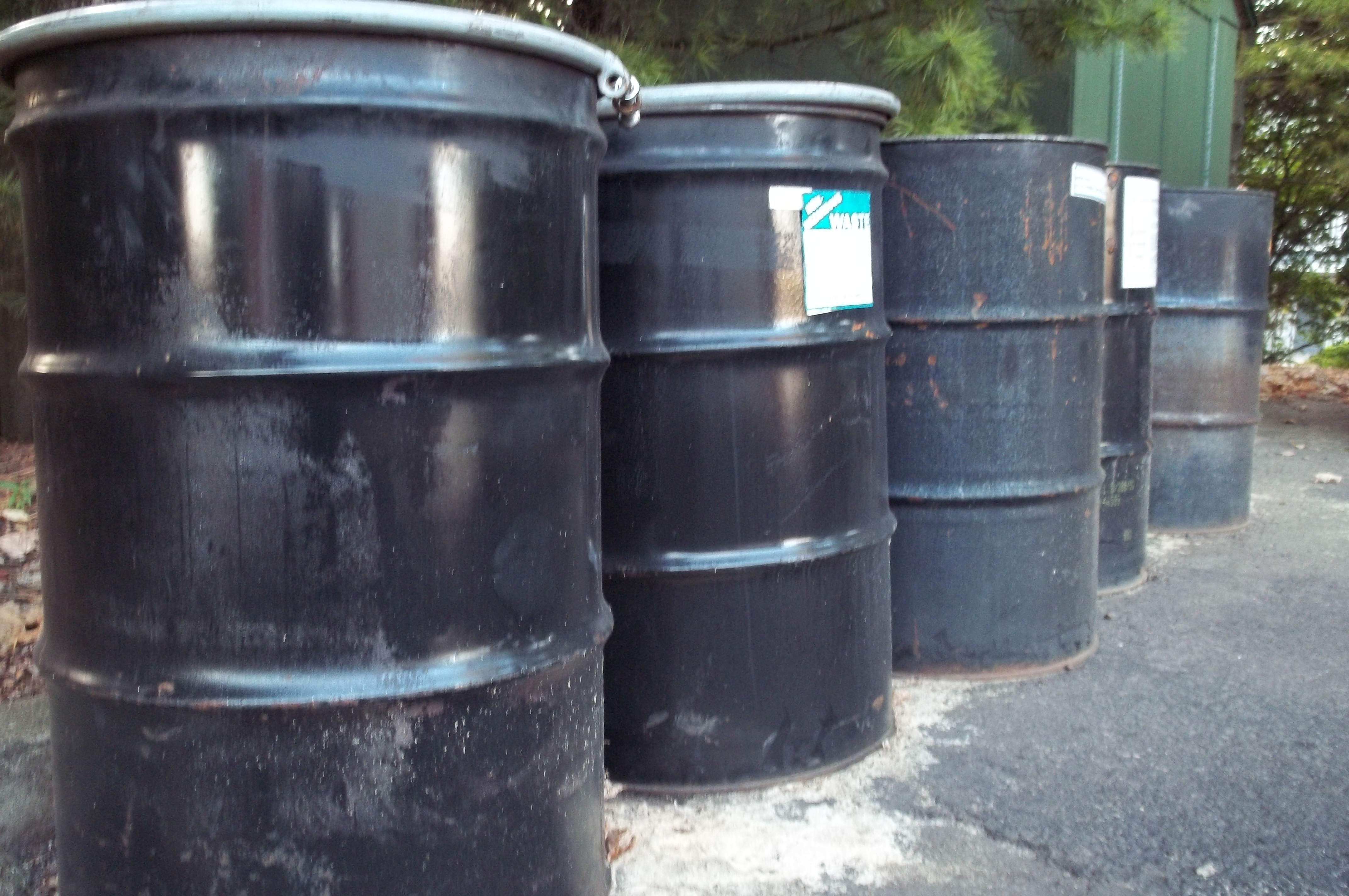A unique situation. One where I assist a company provide a service to its customers who wish to purchase packaging for the transport of their waste or other hazardous materials. I’m the guy the supplier contacts when they are unsure of the needs of their customers. Sometimes, as in this case, I provide additional consulting services to the supplier’s customer. It all started on December 13, 2016…
Hi Daniel
Our customer has a 55 gallon drum filled with crushed #10 paint cans. He said it is not considered hazardous, but has the same question if it were. He wants to know if there is a limit to the amount he can ship in a 55 gallon drum, other than the rating in kg listed on the drum.
The drum he is looking at is rated UN 1A2/x430/s.
I am guessing you might have more questions!
Thanks!
My reply that same day to the supplier (my customer) and the person with the question (the supplier’s customer):
If the material to be shipped is not a hazardous material (crushed paint cans with no free liquids are not a hazardous material), then none of the Hazardous Material Regulations of the USDOT apply. This includes the need for DOT specification packaging.
- If this was a solid hazardous material, then specification packaging would be required and there would be two weight limits to take into account:
- The manufacturers rated gross mass in kg for the entire package. This is marked on the packaging as part of the DOT specification or UN Standard.
- The maximum net mass of hazmat in the package (hazmat alone not the weight of the packaging), which for a steel drum is 400 kg or 882 lbs.
- 882 lbs is the upper weight limit for a solid in a non-bulk packaging. Read more: What is a Bulk Packaging?
I hope this helps.
Contact me with any questions you may have about the generation, identification, management, and disposal of hazardous waste Daniels Training Services 815.821.1550 |
The customer of the supplier had some questions just for me on 12.14.16:
Dan,
Thank you for clarifying things. So in my case, we are transporting crushed empty paint cans in 55 gallon drums. Since no liquids or hazmat remaining in the paint cans it is considered solid waste, and therefore the DOT requirements do not apply.
The two questions I have are below. I have a 55 gal drum that is designed for liquids. The UN number for the drum is (in 2 lines):
UN 1A2/Y1.5/150
16/USA/M4453
1. Can we use this drum (designed for liquids) to transfer our crushed solid waste?
2. And if so, how do I determine what the weight capacity/limit is for this particular drum to ship our solids in? Unlike the markings for a 55 gal drum designed for solids, which specify a max weight, it the 55 gal drums for liquids does not specify a weight.
Thank you for your help!
Contact me with any questions you may have about the transportation of hazardous materials by air, highway, vessel, or rail International and Domestic Daniels Training Services 815.821.1550 |
We’d spoken on the phone about this as well but my answer that day was in the following email:
I will do my best to answer your questions and provide guidance. Please see below:
- For a waste to be hazardous per the regulations of the USEPA – and a state with an authorized hazardous waste program – it must either be listed or display a characteristic.
- The empty, crushed, steel paint cans as you describe (even if a small amount of liquid is present) should not meet the USEPA definition of a hazardous waste. Though it remains a solid waste and therefore subject to state regulation.
- If recycled as scrap metal the paint cans are excluded from regulation as a solid waste.
- The classification of a hazardous material per USDOT regulations is distinct from how USEPA determines a hazardous waste. It is possible that a solid waste may be a USDOT hazardous material (e.g. asbestos).
- Based on the information provided, it does not appear that the empty, crushed, steel paint cans are a hazardous material per USDOT regulations.
- Answer to question #1: Yes. Since the empty, crushed steel paint cans are not a hazardous material subject to USDOT regulations, specification packaging is not required. Any sturdy, leak-proof packaging that will contain the paint cans and is acceptable to the transporter will suffice. Since it is not required by regulation, using specification packaging in this case may be viewed as an unnecessary expense. Recycling as scrap metal may provide more cost savings.
- Answer to question #2: See answer to question #1. The use of a specification packaging for the transport of solids when the packaging is rated for liquids is acceptable under certain conditions. It is not applicable here. I can assist you with this determination if you have other specific examples.
Daniels Training Services 815.821.1550 |

